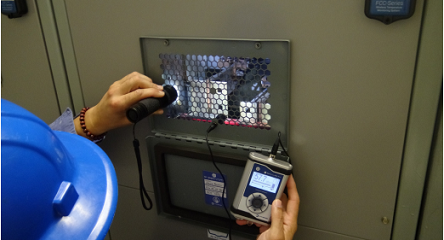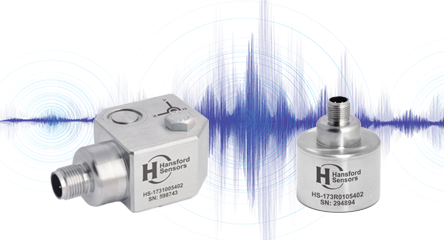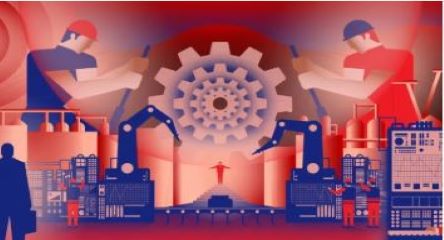Articles
Buried in Your EAM system?
If you have a maintenance role at an asset-intensive organization, you are probably aware of the amount of data in your EAM system. Amidst all this data, there are almost certainly gaps and inaccuracies. Migrating to a new EAM system is an excellent opportunity to fill those gaps and correct those inaccuracies.
Ease your search process!
If your asset data is unorganized and scattered around, transferring your assets into your new EAM system becomes a hassle. The underlying cause of unorganized data is usually inadequate planning and a lack of corporate data standards for asset and maintenance master data. For instance, maintenance workers may use different terminology for naming parts and equipment in the system. When you manage thousands of assets in your system, discrepancies are bound to occur, but what can help is using an asset and maintenance master data quality solution that can enforce corporate standards and quickly identify non-compliant data.

Additionally, any new data should be carefully governed by an asset and maintenance master data solution that ensures that asset and maintenance data comply with corporate standards and is fit for purpose. But an EAM migration is an opportunity to get started on the right path.
Efficiency is key!
Your maintenance productivity is at stake when you waste time looking for assets in an unorganized EAM system. Instead of wasting wrench time on looking for haphazard data in your EAM system, make sure that you set high-quality procedures that can help employees input data correctly in the first place. If you would like to learn more about migrating your asset and maintenance master data correctly to your target EAM, feel free to reach out and book a demo.





